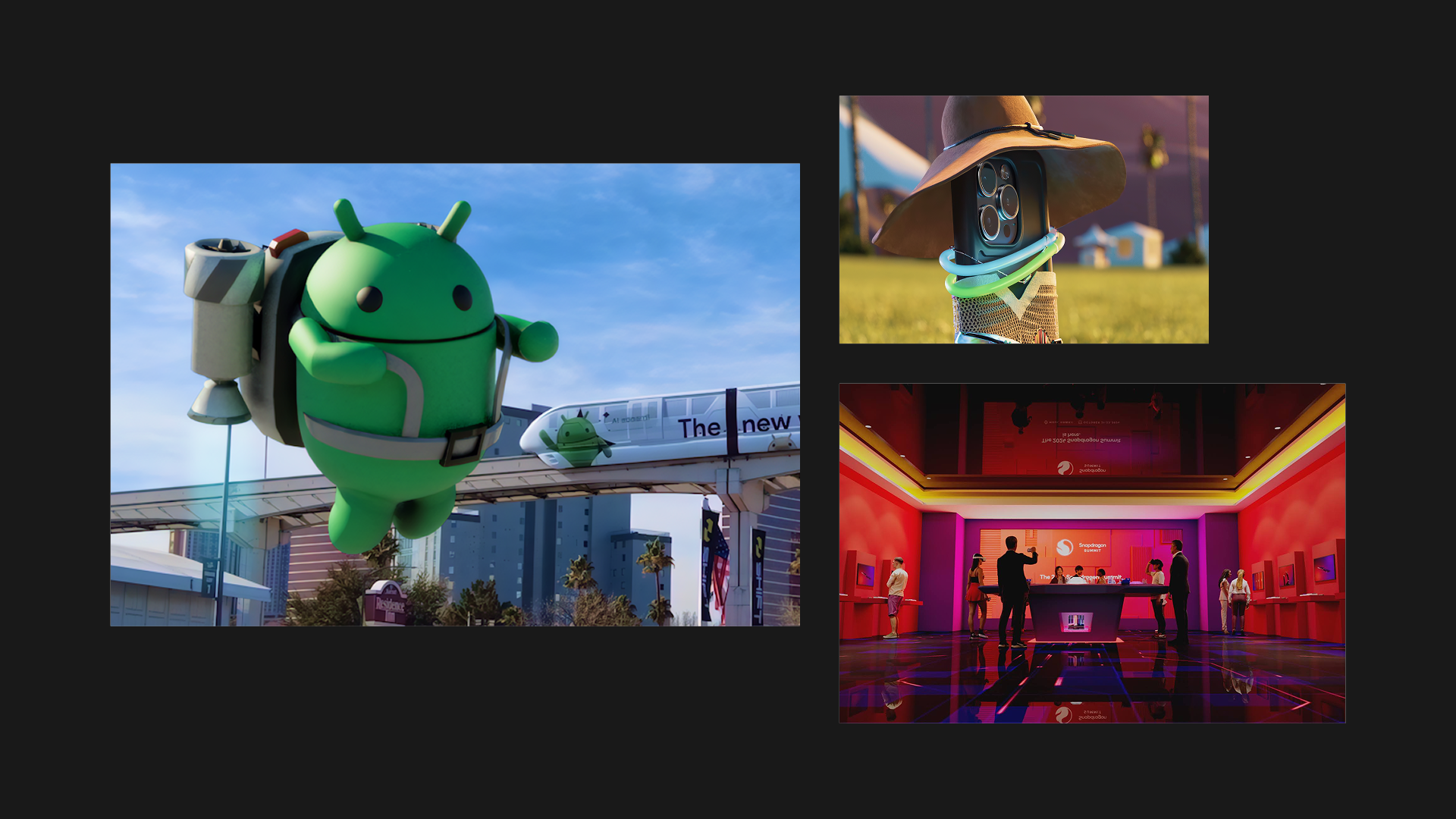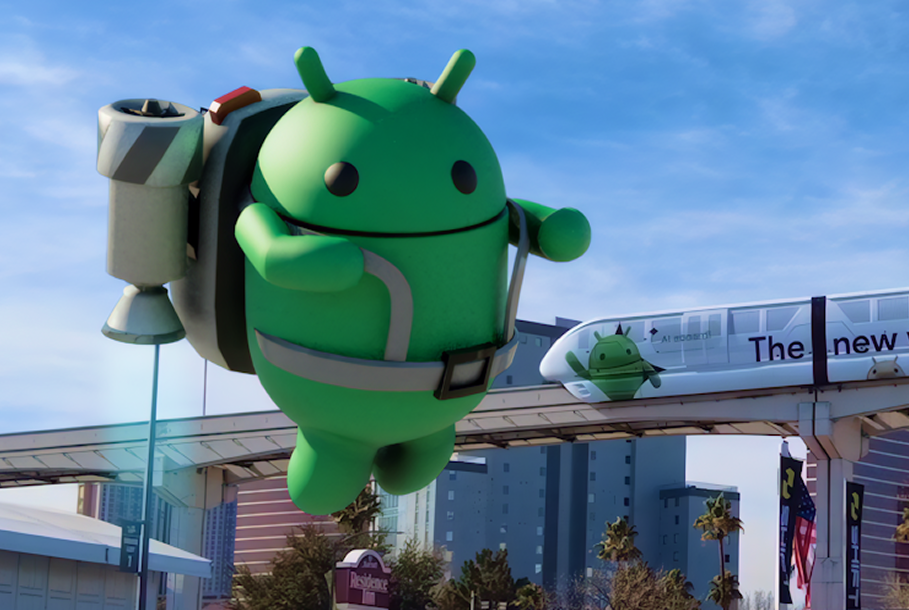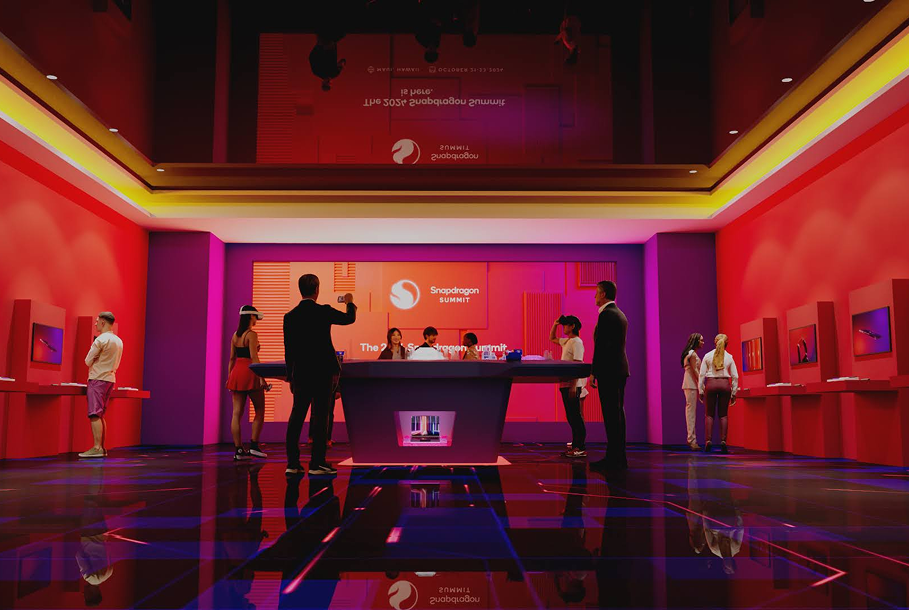The Emperor's New Tech: Why Most Immersive Brand Experiences Are Failing Consumers
Tags: Thought Leaders
Published: Aug, 19th, 2025
Author: Left Field Labs
Tags: Thought Leaders
Published: Aug, 19th, 2025
Author: Left Field Labs

Everywhere you turn, companies are racing to deploy the shiniest new immersive experiences—AR filters that transform your face, VR worlds that transport you to fantastical realms, and AI-powered interactions that promise personalization. Yet beneath the surface of these technological marvels lies an uncomfortable truth: most fail to deliver meaningful value to the humans they supposedly serve.
The tech industry wants you to think that more immersion equals more connection. That AR and virtual environments intrinsically deepen engagement. That leveraging cutting-edge technology automatically translates to a competitive advantage.
This tech-first thinking has led to an industry littered with expensive, impressive, yet ultimately hollow experiences that leave users momentarily interested but fundamentally unchanged. The problem isn't the technology itself but our collective failure to recognize that technology without human purpose is just expensive noise.
The industry has become so enamored with what technology can do that we've lost sight of what it should do.
Let’s look at a few examples of immersive experiences that prioritized meaningful tech integration over flashy (and expensive) novelty.

Android's approach to CES 2024 perfectly counters the prevailing tech-for-tech's-sake mindset. Rather than creating an immersive experience designed just to showcase AR capabilities, they addressed a genuine human pain point: navigating the overwhelming complexity of the world's largest tech convention. Their AR guide, which we helped them develop, wasn't a mere technological spectacle but a utility that solved a real problem.
The results speak volumes: over 9,000 attendees engaged with the AR content. We created an experience that enhanced the human experience rather than distracting from it. By integrating 3D Android Bot characters as virtual guides without requiring app downloads, they reduced friction while simultaneously demonstrating their technology's capabilities.
Most critically, the experience balanced brand storytelling with utility. The dynamic AI-generated Android wallpapers that transformed the convention center's façade did both—created moments of delight while maintaining the primary navigational purpose.

Similarly, Qualcomm's Snapdragon Summit 2024 showcase demonstrated how immersive technology shouldn’t just be flashy but genuinely impactful. This activation included a 3D-printed Snapdragon City displayed on an LED floor. It wasn't merely an add-on visual but a platform for demonstrating real-world applications across automotive, XR, and AI landscapes.
The conversational AI agents at the Qualcomm event weren't deployed as attention-grabbing novelties but as contextually appropriate guides—answering genuine questions and providing value through information.

Google's "Best Phones Forever" campaign offers another instructive example. This campaign succeeded not because of technological complexity but because it tapped into genuine human emotion—using AI to enhance storytelling rather than replace it.
The irony is palpable: in an era where brands scramble to highlight their technological prowess, this highly effective campaign humanized technology through emotional storytelling. The anthropomorphized phones didn't win audiences over because people thought, “Wow what a cool use of AI,” but because they related to the personalities and emotional arcs—and felt invested in the story process.
This reveals a fundamental truth that most brands miss when designing immersive experiences: even the most sophisticated experiences will fail if it doesn't connect to something fundamentally human.
After years of chasing novelty, brands are stuck in a loop—each immersive experience forced to outdo the last just to keep up with shrinking attention spans.
This has led to what might be called "immersive fatigue"—a growing consumer skepticism toward technological spectacle that doesn't deliver meaningful value. The initial delight of seeing yourself with bunny ears in AR has given way to a collective shrug. The excitement of virtual product try-ons has diminished as their novelty fades.
This isn't because these technologies lack potential—it's because they've often prioritized spectacle over substance. But when brands dig deep, focusing on authentic connections and real user needs, they can break this cycle. For instance, the 2025 Meta-UFC partnership's VR experience via Xtadium brings fans authentic, cage-side views of UFC Fight Pass events, emphasizing engagement and community, proving immersive tech thrives when it delivers genuine value.
Brands need to rethink immersive technology to serve authentic human needs and wants.
This requires a radical shift in how we conceptualize immersive experiences:
1. Start with human problems, not technological capabilities. Android's CES navigation experience worked because it began by solving a pain point—the overwhelming nature of convention navigation—and applied technology as the solution rather than the star.
2. Reduce friction, don't add it. The seamless, app-less AR interaction of the Android guide demonstrates how technology should simplify human experience, not complicate it with additional barriers.
3. Balance utility with delight. The most effective immersive experiences deliver practical value while still creating moments of surprise and emotion through elements like the dynamic AI-generated wallpapers.
4. Design for contextual relevance. Qualcomm's AI-powered conversational agents succeeded because they provided information relevant to attendees' questions and context—not because they showcased technological prowess.
5. Measure meaning, not just engagement. While Android's 9,000 interactions represent impressive engagement, the true measure of success was how the experience enhanced attendees' ability to navigate and experience the convention.
This purpose-centered approach isn’t a step back from innovation—it’s a leap forward. Not tech for tech’s sake, but tech in service of something bigger.
As we stand amid unprecedented technological capability, the hardest truth for brands to accept is also the most liberating: technology alone cannot create meaningful connection.
What does create value is the thoughtful application of immersive technologies to serve genuine human needs, solve real problems, tell authentic stories, and enable meaningful interactions.
The goal is to serve humanity rather than simply impress it.
The brands that internalize this truth—that see immersive technology as a means rather than an end—will create experiences that transcend technological novelty to achieve something far more valuable: lasting human connection.
In an age of technological spectacle, the most revolutionary approach might be the simplest: remembering that behind every headset, screen, and interaction is a human being seeking not to be impressed, but to be understood.